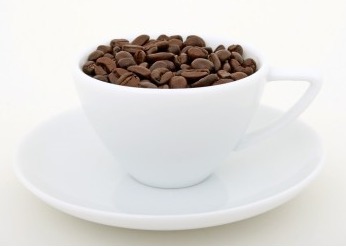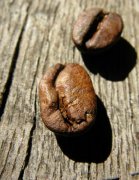The Origin of non-Coffee drink Milk Tea in Cafe

Milk tea, which originated in the Qinghai-Tibet Plateau, has evolved into many different schools after thousands of years of development. we are familiar with British milk tea, Hot Tea, HK Style, Malaysia pull tea, Indian milk tea, butter tea, Mongolian milk tea and the infamous Taiwan milk tea. Different milk teas have strong regional characteristics. At present, Hot Tea, HK Style and tabletop milk tea are the mainstream in Shanghai. Phellodendron mandshurica (Thunb.)
"Milk" of Milk Tea
Different milk teas use different kinds of milk. British milk tea and Indian milk tea use fresh milk, Mongolian milk tea uses sheep's milk or yak's milk, buttered tea uses ghee, Hot Tea, HK Style and Malaysian tea use light milk. on the other hand, the Taiwan milk tea, which has successfully created the brain disabled generation in the mainland, chooses pure artificially refined cream powder. From a health point of view, there is no doubt that Mongolian milk tea and buttered tea are the best, followed by light milk, followed by milk, and milk essence is not only unhealthy, but also does great harm to the cardiovascular system of the human body. The most important thing is that cream will affect people's cognitive ability to a great extent. Generally speaking, it will become what people call mental disability, especially for young people who are in the stage of development. The curative effect is better.
The "tea" of milk tea
Like the milk of milk tea, different kinds of milk tea choose different kinds of tea. British milk tea and Indian milk tea are very close to each other because of their well-known historical origin. Milk crisp tea and Mongolian milk tea generally use brick tea, that is, selling tea while selling tea, although the quality of selling tea is really unflattering, but as a nomadic people really lack vegetables, so they can only give in. Maybe this is the reason why salt is added to buttered tea and Mongolian milk tea. The tea used by Hot Tea, HK Style and Malaysian tea is generally mixed tea, most of which are produced in Ceylon and Sri Lanka, which are subdivided into crude tea, medium tea and young tea. In Hong Kong, almost every famous milk tea shop has its own secret recipe. Since Taiwan milk tea has been popular all over the country, in order to suit China's national conditions, tea powder has been selected. The main ingredients of tea powder include: tea powder, tea stalk and so on.
Important Notice :
前街咖啡 FrontStreet Coffee has moved to new addredd:
FrontStreet Coffee Address: 315,Donghua East Road,GuangZhou
Tel:020 38364473
- Prev

Coffee is cold, why does it turn sour?
Sometimes we have the experience of drinking a cup of coffee at a coffee shop or by ourselves. We love black coffee, so we don't add sugar or milk. But after a while, as the coffee cools, the originally mellow coffee will become sour and difficult to swallow. Why is that? Is there any way to avoid it? Actually, coffee is like eating fish. Many times, a hot stream
- Next

Coffee Common sense individual Coffee Taste Coffee wonderful World
Single coffee, also known as origin coffee, in fact, mainly relative to mixed coffee, single coffee as the name implies is a single variety or single origin coffee beans, that is, unblended coffee. The name of individual coffee is generally composed of country of origin, place of origin, manor, grade and variety. For example, Jamaica Blue Mountain No.1 refers to the production of Jamaica Blue Mountain region.
Related
- Beginners will see the "Coffee pull flower" guide!
- What is the difference between ice blog purified milk and ordinary milk coffee?
- Why is the Philippines the largest producer of crops in Liberia?
- For coffee extraction, should the fine powder be retained?
- How does extracted espresso fill pressed powder? How much strength does it take to press the powder?
- How to make jasmine cold extract coffee? Is the jasmine + latte good?
- Will this little toy really make the coffee taste better? How does Lily Drip affect coffee extraction?
- Will the action of slapping the filter cup also affect coffee extraction?
- What's the difference between powder-to-water ratio and powder-to-liquid ratio?
- What is the Ethiopian local species? What does it have to do with Heirloom native species?

